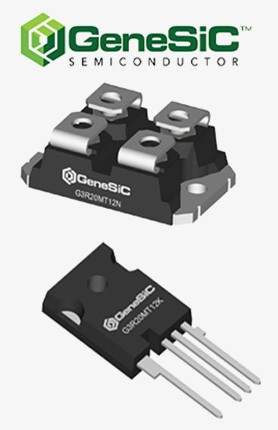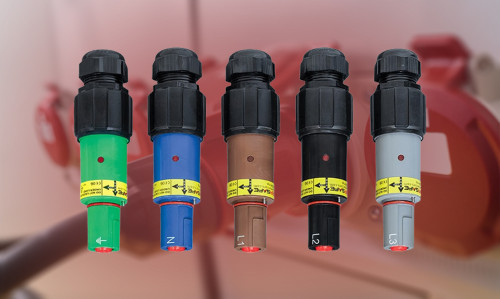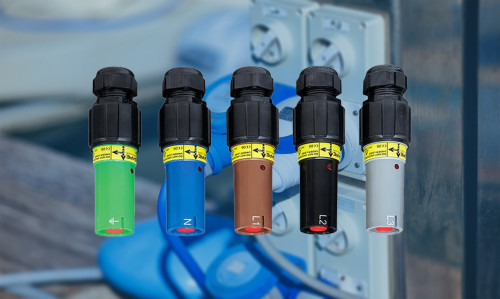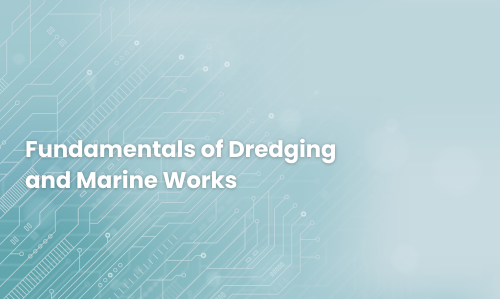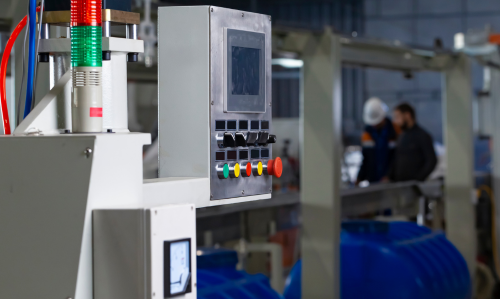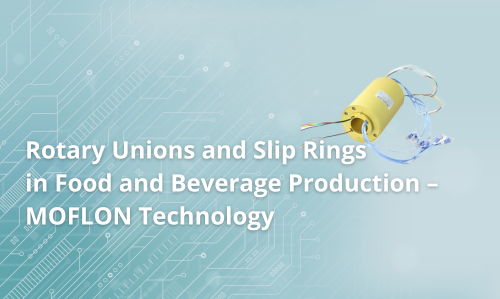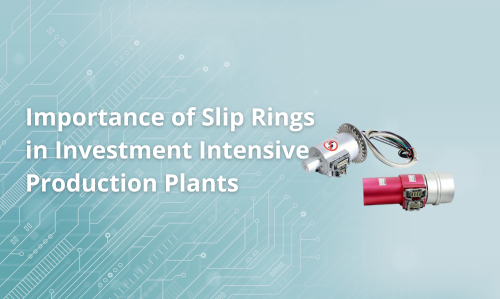Installing POWERSAFE (POWERLOCK) connectors involves several proven methods, such as bolting, threaded stud mounting, crimping, clamping, and soldering. Each requires proper cable preparation, suitable accessories, and the use of the correct tools. It is crucial to follow the manufacturer’s recommendations and ensure that all work is performed by qualified electricians. After assembly, regularly check the condition of insulators, seals, and connections to ensure safe and long-lasting system...
Featured posts
-
How to Safely Connect POWERSAFE (POWERLOCK) ConnectorsRead more
Learn how to safely connect POWERSAFE (POWERLOCK) connectors with our step-by-step guide. We provide detailed instructions for connecting and disconnecting connectors, as well as highlight POWERSAFE distribution box features such as up to 800A current handling and remote control. Ensure the safety and efficiency of your connections!
-
Guide to Rotary ConnectorsRead more
The article provides a comprehensive guide to rotary connectors, discussing their construction, key technical terms, and common issues such as misalignment. It explains the importance of proper selection, installation, and maintenance for optimal performance. It also compares connectors supported by carbon guides and ball bearings, highlighting their use in various operating conditions. The text emphasizes critical factors affecting seal wear, such as speed, pressure, and temperature, and the...
-
Slip Rings and Rotary Joints – ApplicationsRead more
Discover the applications of slip rings and rotary joints in aviation, defense, space, and industry. Learn how they ensure reliability and uninterrupted transmission of signals and power.
-
Fundamentals of Dredging and Marine WorksRead more
Learn the basics of dredging and marine works – find out how dredgers, umbilical hose winch systems, and swivel joints support port operations and coastal protection.
-
(Preventive) Explosion Protection MeasuresRead more
The article describes the principles of secondary explosion protection — actions taken when it is not possible to completely avoid the formation of explosive atmospheres or ignition sources. The purpose of these measures is to limit the effects of an explosion to a level that is safe for people, installations, and the environment.
-
Sources of Ignition Covered by the ATEX DirectiveRead more
The article discusses one of the key issues in explosion protection – sources of ignition, which constitute one of the three main elements of explosion risk (alongside combustible substances and oxidizers). It highlights that without sufficient ignition energy, an explosion cannot occur; therefore, eliminating or minimizing ignition sources is a fundamental preventive measure.
-
Flammability of grain – what factors influence flammability?Read more
The article discusses process safety principles in the food industry, with particular emphasis on the hazards of grain dust explosions. It presents explosiveness parameters, factors influencing the risk of explosion, and elements of installations most exposed to failures. It also describes the stages of analysis and classification of explosion hazard zones in accordance with ATEX requirements.
-
How does a wind turbine workRead more
This article provides comprehensive information about wind turbines – their structure, operation, types, efficiency, advantages, and disadvantages. It also describes the installation and maintenance process, the importance of slip rings in ensuring reliable operation, and the prospects for wind energy development as a key source of clean, renewable power.
-
How POWERLOCK Connectors Work: Key Aspects and Operating PrinciplesRead more
Learn how POWERLOCK connectors provide reliability and performance in power systems. Read about their design, operating principles, impact on energy efficiency, and safety standards. Discover different types of POWERLOCK connectors and their applications across various industries, as well as the future of this technology.
-
12 Commonly Asked Questions About Slip RingsRead more
This article discusses the 12 most frequently asked questions about slip rings and commutators. It explains their structure, function, and differences. The reader will learn why slip rings are used in motors, generators, and alternators, how they affect current flow, and their applications in various types of electrical machines. The article provides clear, practical explanations to help better understand how these components work.
-
Rotary Unions and Slip Rings in Food and Beverage Production – MOFLON TechnologyRead more
The article presents the application of slip rings and rotary joints in the food, beverage, and pharmaceutical industries. It describes how these solutions support washing, filling, capping, and mixing processes, increasing the efficiency, reliability, and hygiene of production lines.
-
A Discussion on Contact System and Slip Ring TransmitterRead more
The article discusses the construction, operation, and applications of the contact system and the slip ring relay. It explains that a key element of the slip ring’s functionality is the sliding contact mechanism between the ring and the brush, which enables the transmission of electrical signals between the stationary and rotating parts of the device.
-
Importance of Slip Rings in Investment Intensive Production PlantsRead more
The article discusses the importance of slip rings in modern industrial facilities. It explains their use in rotating equipment such as indexing tables, wind turbines, and robotic systems, highlighting their role in transmitting electrical signals and data. The text emphasizes design considerations, durability, and the capability for dual signal transmission, all of which impact production efficiency and help minimize downtime in industrial plants.
-
Levels of Shielding in Rack Cabinets – Which One to Choose?Read more
Choosing the right rack cabinet with shielding is a key element in protecting electronic equipment from electromagnetic interference (EMI) and EMP pulses. This article explains the differences between Level 1 and Level 2, describes the attenuation each solution offers, and shows which environments they are best suited for. This way, you can select a cabinet perfectly tailored to your company's needs, ensuring data security, device stability, and peace of mind for your team.
-
How are shielded rack cabinets constructed?Read more
The article explains the construction of shielded rack cabinets designed to protect electronic equipment from electromagnetic interference (EMI and EMP). It covers materials used, prefabricated Faraday cages, glass doors with conductive mesh, and ventilation systems that combine effective protection with functionality.
-
Choosing the Right Shielded Rack CabinetRead more
The article discusses how to choose a shielded rack cabinet to effectively protect equipment from electromagnetic interference, ensure proper power supply, ventilation, and integration with IT and industrial infrastructure, considering both freestanding and wall-mounted cabinets.
-
Where and When to Use Shielded Rack Cabinets?Read more
The article explains where and when it is worth using shielded rack cabinets, highlighting their role in protecting IT equipment and industrial systems from electromagnetic interference (EMI) and EMP pulses. It presents practical examples from the military, industrial, medical, telecommunications, and financial sectors, showing how proper shielding increases system reliability, protects data, and minimizes the risk of equipment failure.

